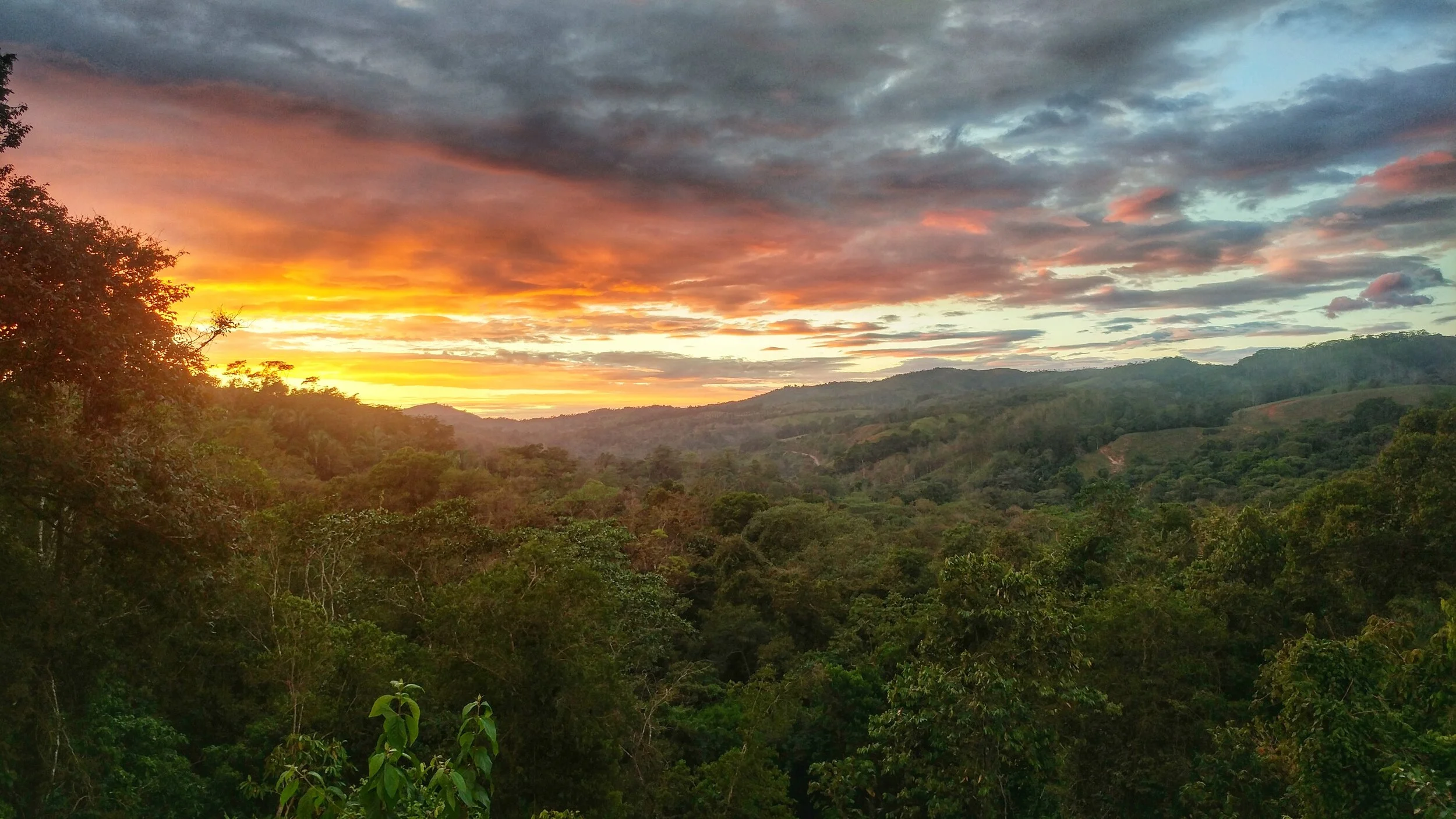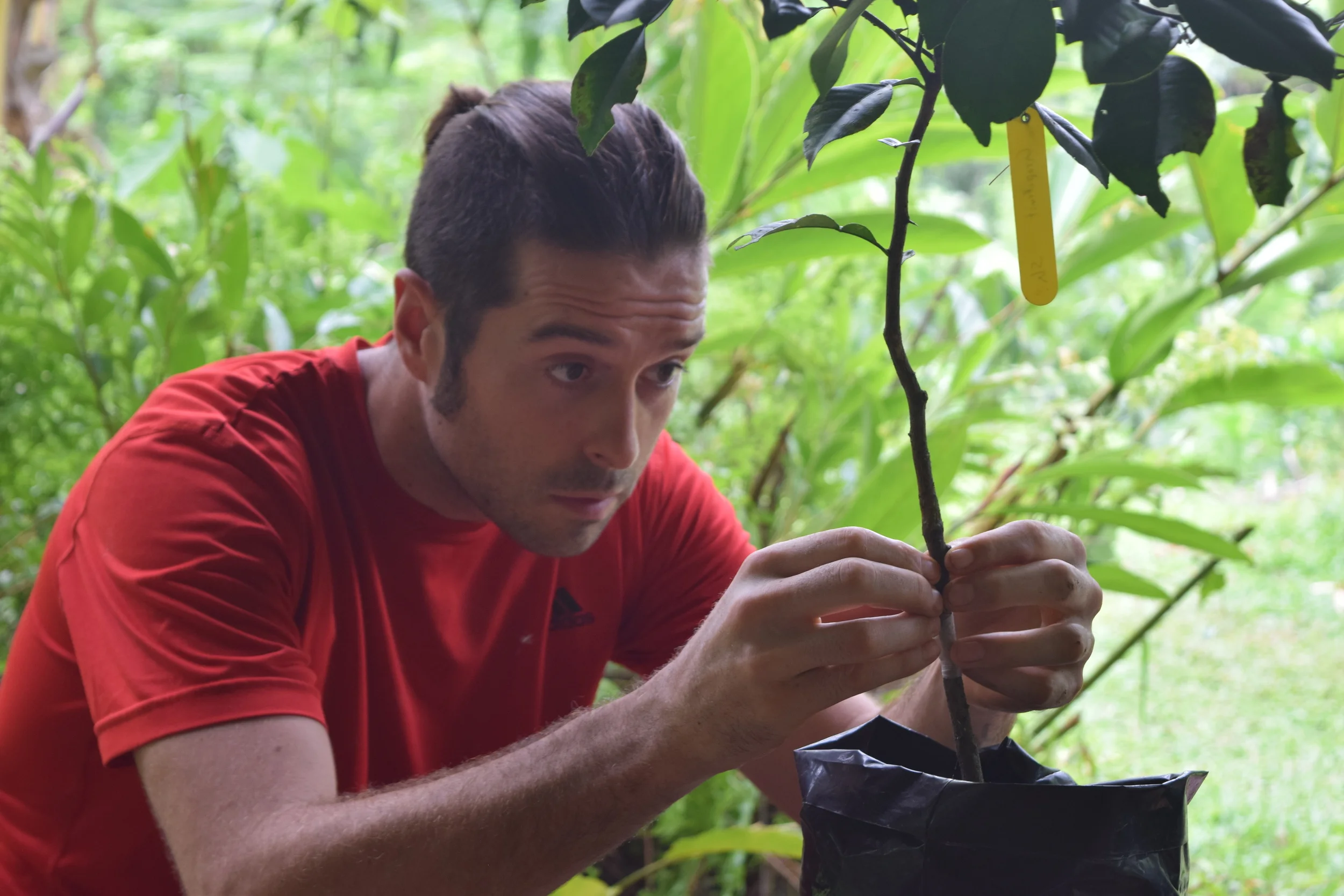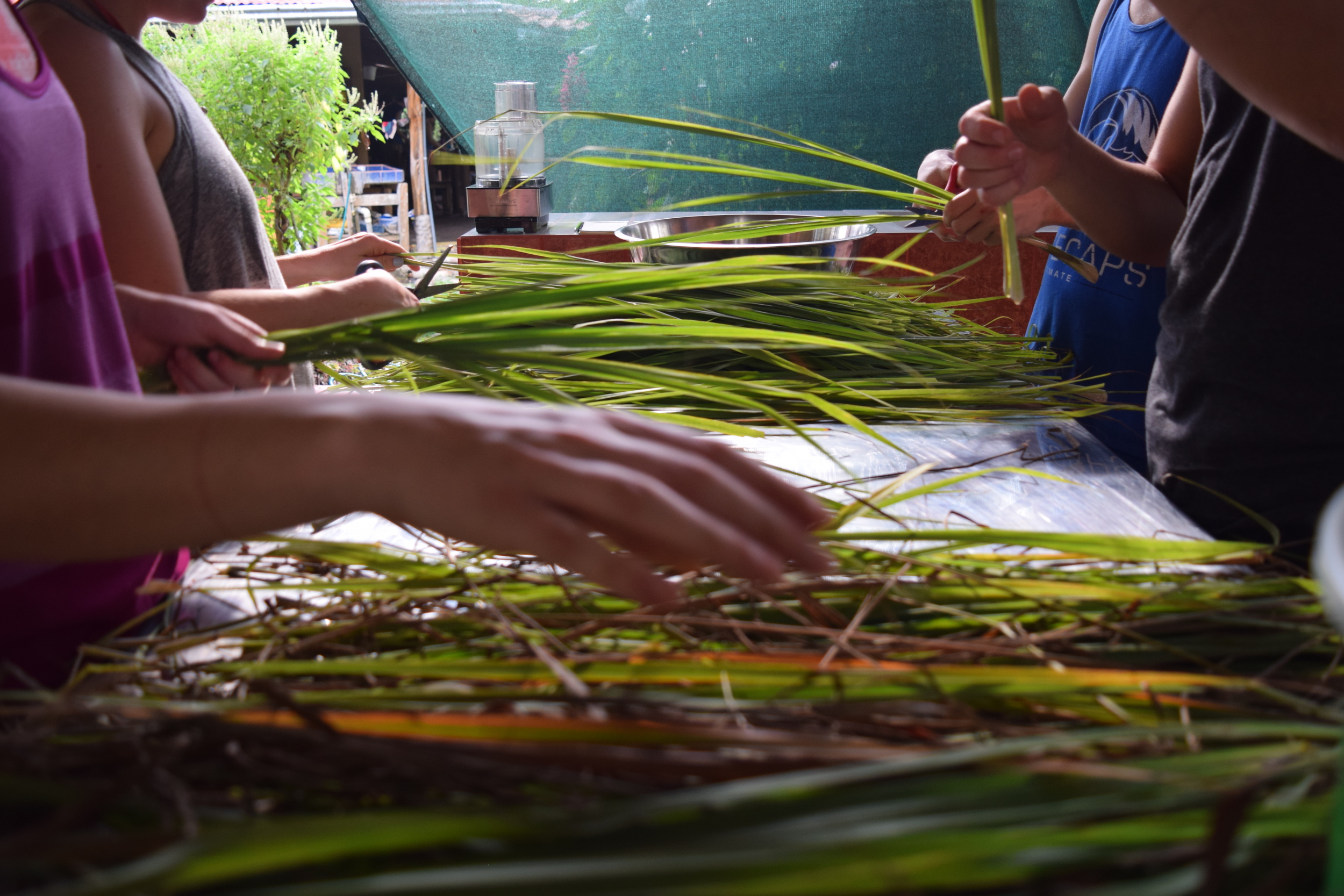Permaculture is a macro-concept that involves many different topics, methods, systems and ideas. Ideas like moving back to the land, using nature as our guide, applying ecology in our productive systems, reconnecting with the cycles of nature, approaching life holistically, creating stable local economies, regenerating the landscape and our relationships with others, investing in resiliency and interconnectivity; are in the heart of permaculture.
Applied Permaculture Principles
There are a lot of misconceptions about what Permaculture is, most people think of it as an agricultural system, typically some sort of food forest and whilst maybe it does make sense for you to have a food forest, maybe it doesn’t! The specifics of applying the principles will vary based on your environment, project , goals etc… but the principles will always remain the same. In permaculture there are 12 underlying principles that help guide us through the design and thinking process. We have highlighted below how we apply each of these principles at our site to help inform you how these principles can be applied in practice.
La Importancia de la Permacultura
La creciente crisis social y medioambiental nos ha obligado a buscar métodos y procesos alternativos que reduzcan el impacto humano en la naturaleza y nuestro entorno. Como una de las principales alternativas de cambio, la Permacultura constituye un sistema donde se combinan la vida de los seres humanos de una manera respetuosa y beneficiosa con los animales y plantas, y donde se logran implementar soluciones de menor impacto medioambiental para satisfacer las principales necesidades humanas
How Rancho Mastatal Changed my Life
The Basic Pantry Analysis: Design, Food, Sourcing
Cuisine is diet that's unique to a physical place and a human cultural group. We can taste the patterns of modern cuisine in the melding of characteristic ingredients into characteristic forms. Wheat noodles with tomato sauce points us in the direction of Italy. Fermented spiced cabbage leads us to Korean kimchi.
Where to Buy Your Trees and Seeds in Costa Rica?
Ever have a challenging time finding your favorite plant in Costa Rica? Or wonder where to get supplies for a new greenhouse? What about organic pesticides? After nearly a decade working in country, our team has compiled a comprehensive list of nurseries, seed banks, botanical gardens, and farm/garden suppliers.
8 Tips for Starting your Tropical Homestead
You’ve just purchased your dream property in tropical Costa Rica. You want to grow your own food. You are anxious to get to work now, have bought some plants from a nursery you randomly drove by, and have a shovel in hand, but...where to start?
Most of our clients fall on either side of a spectrum of project implementation. Either they experience paralysis by analysis, overthinking every step, their confidence slowly eroding, or they dive in head first without any planning. Either way they hire our team at Porvenir Design to bring them to the middle. How can we take our time and plan while simultaneously moving forward with the energy and confidence that is required to see a project to completion?
The Art of Stacking Functions
Stacking functions. What does this phrase mean to you? It could mean any number of things depending on what you apply it to. In this case I'm referring to the term as it's used in permaculture. It is one of the primary principles of permaculture design. Here at the Ranch we employ as many of these principles as we can in our work and in our daily lives.
How to Design, Plant, Maintain, and Feast from your Food Forest
When you visit the Ranch you will not find rows of squash, tomatoes and carrots as you might associate with a temperate climate organic farm. You won't find deep layers of topsoil. You won't find tractors and their associated implements. What you will find is an agriculture that blends pleasantly into the forest. To the untrained eye it may even be challenging to tell where the forest begins and the farm ends. This is because our agriculture is based on the ecology of the place we live. And we live in a tropical monsoon forest. Our agricultural practices, often cited as agroforestry or food forests in the permaculture jargon, mimic the forest around us.
Transition Ethics: The Art of Compromise
Permaculture Design is many things to many people, but one of its pillars is a set of three ethics. These as originally laid out by Bill Mollison are
- Care of the Earth
- Care of People
- Redistribution of the Surplus
These are our primary directives for how to act to sustain the earth. Or on a simpler level these are the ways to a good life.











